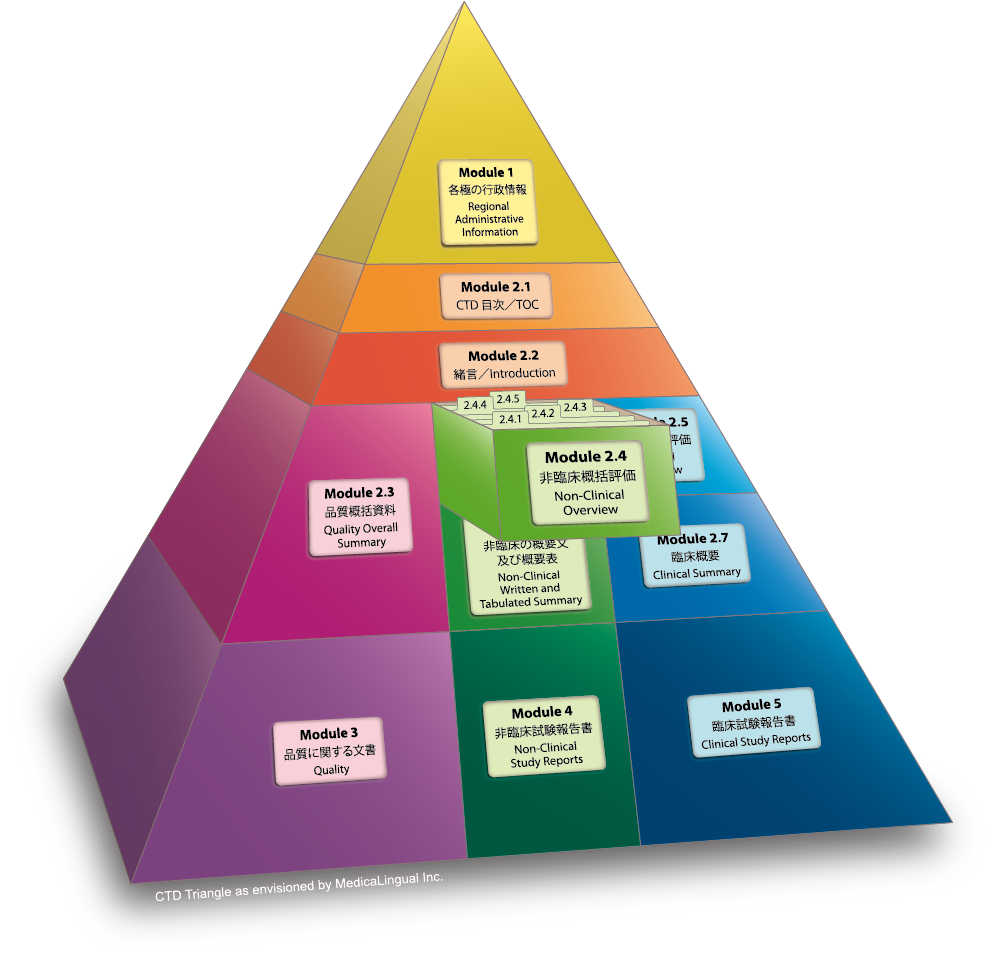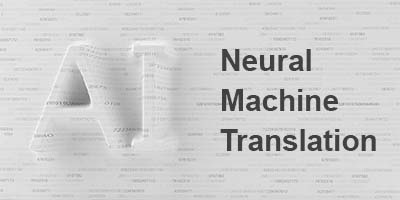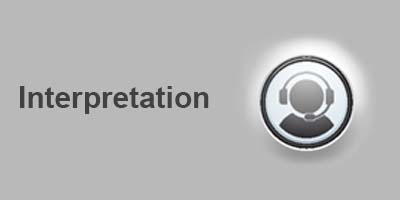
医薬審発第899号 CTD通知(別紙 4)
CTD 非臨床に関する文書の作成要領に関するガイドライン
(2002年9月11-12日ワシントン会議修正版)
ICH HARMONISED GUIDELINE – M4S –
(Numbering and Section Headers have been edited for consistency and use in e-CTD as agreed at the Washington DC Meeting, September 11-12, 2002)
Module 2.4 非臨床に関する概括評価
2.4.4 毒性試験
毒性の発現時期、程度(強さ)並びに持続期間、用量依存性並びに可逆性の程度(又は非可逆性)及び種差又は性差について評価し、重要な特徴について、特に以下の点に関して考察すること。
- 薬理作用
- 毒性変化
- 死亡原因
- 病理所見
- 遺伝毒性:化合物の化学構造、作用機序及び既知の遺伝毒性を示す物質との関連
- 化合物の化学構造と関連したがん原性、既知のがん原性を示す物質との関連、遺伝毒性及び曝露データ
- ヒトに対する発がんリスク:疫学的データが入手できる場合には、それらを考慮すること。
- 受胎能、胚胎児発生、出生前及び出生後の毒性
- 新生児への影響*
- 妊娠前並びに妊娠期間及び授乳期間並びに出生児の発達期間中投与による影響
- 局所刺激性
- その他の毒性試験:特別な問題を解明するための試験
*FDAが発生神経毒性を評価するために挿入したものである。以下、本別紙において同じ。(邦訳時追記)
Module 2.4 NONCLINICAL OVERVIEW
2.4.4 Toxicology
The onset, severity, and duration of the toxic effects, their dose-dependency and degree of reversibility (or irreversibility), and species- or gender-related differences should be evaluated and important features discussed, particularly with regard to:
- pharmacodynamics
- toxic signs
- causes of death
- pathologic findings
- genotoxic activity – the chemical structure of the compound, its mode of action, and its relationship to known genotoxic compounds
- carcinogenic potential in the context of the chemical structure of the compound, its relationship to known carcinogens, its genotoxic potential, and the exposure data
- the carcinogenic risk to humans – if epidemiologic data are available, they should be taken into account
- fertility, embryofetal development, pre-and post-natal toxicity
- studies in juvenile animals
- the consequences of use before and during pregnancy, during lactation, and during pediatric development
- local tolerance
- other toxicity studies/ studies to clarify special problems
ある作用及び事象に関連する全てのデータがまとめられるように、毒性試験の評価を論理立てて配列すること。動物からヒトへのデータの外挿は、以下の項目に関連付けて考察すること。
- 動物種
- 動物数
- 投与経路
- 投与量
- 投与又は試験期間
- 毒性試験に用いた動物種における無毒性量(NOAEL)及び毒性量での全身曝露とヒトにおける最高臨床推奨用量での曝露と関連付け。この情報は要約した図表で示すことが望ましい。
- 非臨床試験で認められた被験物質の作用とヒトで予測された又は認められた作用と関連付け。
丸ごとの動物を用いた試験に代わる試験を行った場合には、その科学的妥当性を考察すること。
The evaluation of toxicology studies should be arranged in a logical order so that all relevant data elucidating a certain effect / phenomenon are brought together. Extrapolation of the data from animals to humans should be considered in relation to:
- animal species used
- numbers of animals used
- routes of administration employed
- dosages used
- duration of treatment or of the study
- systemic exposures in the toxicology species at no observed adverse effect levels and at toxic doses, in relation to the exposures in humans at the maximum recommended human dose. Tables or figures summarising this information are recommended.
- the effect of the drug substance observed in nonclinical studies in relation to that expected or observed in humans
If alternatives to whole-animal experiments are employed, their scientific validity should be discussed.










